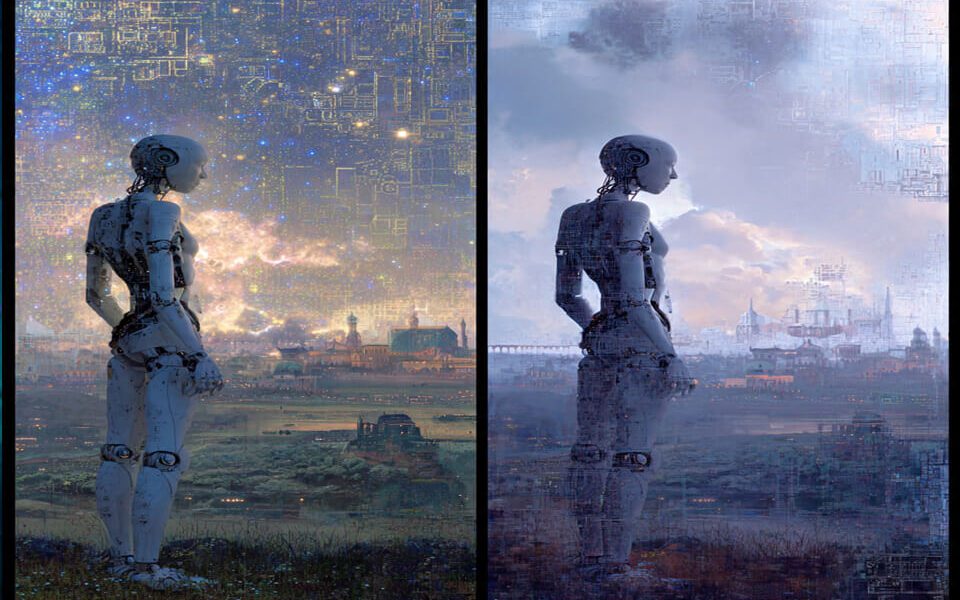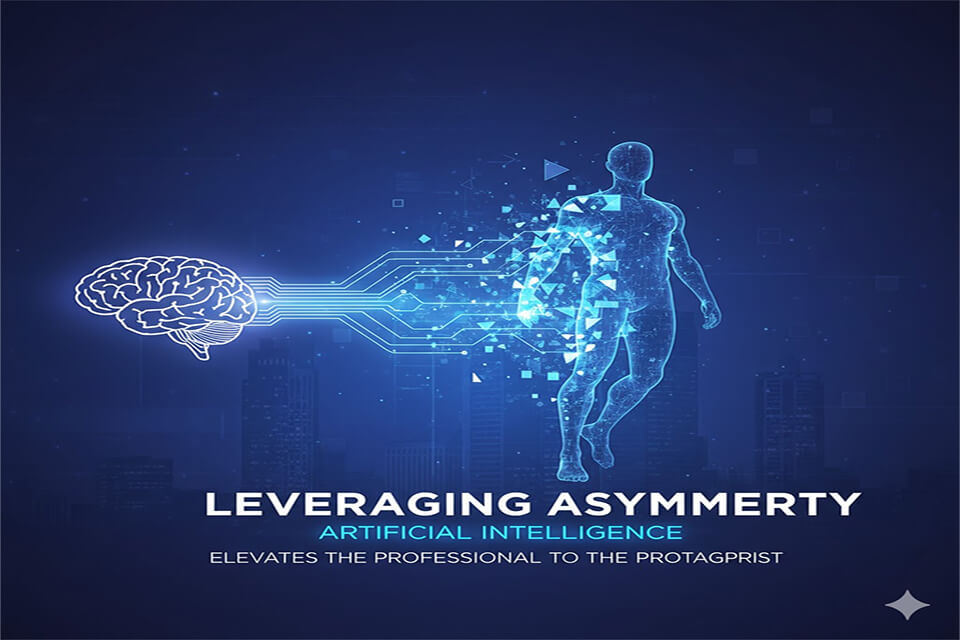Same AI, Same Prompt, Different Result—Bug, Feature, or Cosmic Joke?
🤖 Abstract: The Machine That Won’t Be Tamed
You’ve done it. You spent twenty minutes crafting the perfect prompt: A neo-Victorian badger in a submarine, rendered in the style of Van Gogh, highly detailed, photorealistic, 4k.
You get a masterpiece. You run the exact same prompt again, hoping for a matched set for your digital gallery.
What you get is a slightly melted badger piloting a hot dog.
The fundamental betrayal of AI is its refusal to be a perfectly predictable intern. You feed it the same instructions, and it spits back a mood board. Welcome to the Non-Deterministic Nightmare, where the AI is not a calculator, but a temperamental, digital muse.
🧠 The Paradox of Consistency
We were promised precision. Machines, unlike humans, were supposed to be consistent—same input, same output, every time. Yet in the Age of AI, we’ve discovered a strange paradox: the same AI, given the same prompt, can produce wildly different results.
One day, your prompt for “a professional email” yields a crisp, corporate masterpiece. The next day, the same prompt delivers a rambling motivational speech about teamwork and destiny. Same machine, same words, different vibe.
Is this inconsistency a bug, a feature, or a warning?
1. The Why: The Beautiful Mess Under the Hood
When a traditional computer calculates 2+22+2, it returns 44. When a Large Language Model (LLM) calculates “Write a poem about rain,” it returns a unique, probabilistic guess. Why the variability?
A. The Temperature Setting (The Digital Mood Ring)
This is the single biggest factor. When you set a model’s “Temperature” to anything above zero (which you usually must to get anything interesting), you are instructing the AI to randomly select words and tokens from a weighted list of possibilities.
- High temperature (e.g., 0.8): Be weird, take chances, be unreliable.
- Low temperature (e.g., 0.2): Stick close to the expected script.
In short, the AI is not following logic; it is rolling digital dice for every single word it generates. This is why the same prompt yields different results—because the dice rolls are never the same.
B. The Stochastic Sampling (The Glorious Guess)
The AI doesn’t just know the right next word; it knows the 10,000 possible next words, each with a probability attached. At every step, the model samples from this list. It’s an act of continual, controlled randomness, ensuring that the machine is perpetually saved from its own algorithmic mediocrity.
If it always picked the most likely word, everything would sound like a boilerplate press release.
2. Is It Good or Bad? (The Apathetic Dualism)
🟢 The Good: Chaos as Creativity
For the true Prompt Jockey, variability is a feature, not a bug.
- Accidental Brilliance: The best AI results are often happy accidents—the unpredictable word choice or visual flourish you didn’t know you needed. Non-determinism is the forced diversity that stops the AI from cycling through the same five aesthetic tropes.
- Proof of Non-Copying: If your AI generated the exact same image twice, you’d know it was just retrieving a pre-cached result. Variability suggests the model is actually generating novel combinations, however shallow the underlying intellectual effort might be.
- Human-Like Behavior: Ironically, inconsistency makes AI feel more human. People don’t give identical answers to identical questions either. The randomness feels alive.
Verdict: Inconsistency is good when you want inspiration, brainstorming, or a touch of chaos in your workflow.
🔴 The Bad: The Automation Killer
For the business owner or the efficiency enthusiast, consistency is the foundation of profit.
- Broken Pipelines: You can’t rely on AI for batch processing if every image of a product ends up looking like it belongs on a different website. Variability crushes the dream of the automated content farm.
- The Prompt Engineering Lie: Non-determinism exposes prompt engineering as a confidence trick. If the machine won’t follow your perfect 100-word instruction sequence, what was the point of crafting it in the first place? It forces you to manually curate the output, which is the last thing any true citizen of AIWhyLive.com wants to do.
- Trust Issues: Inconsistency erodes confidence. If the machine can’t be trusted to repeat itself, how can it be trusted to scale?
Verdict: Inconsistency is bad when accuracy, reliability, and repeatability matter more than creativity.
3. Does It Matter? (The Only Thing That Matters)
Yes. It matters profoundly, and not because of art or efficiency.
The refusal of AI to be perfectly consistent is the one thing keeping the human from achieving total, blissful professional obsolescence.
If an AI could produce the exact same high-quality content 100% of the time, the human curator would be instantly eliminated. You would simply feed the prompt into the machine and trust the output.
Because the AI is not consistent, you, the tired professional, are forced to remain in the loop. You must:
- Monitor the output
- Evaluate the randomness
- Reroll the prompt three times until you get something acceptable
- Curate the best result
The Verdict: AI’s inconsistency is the ultimate form of digital sabotage. It’s the machine’s final, cruel joke: “I will do 99% of the work perfectly, but I refuse to be reliable enough for you to fire yourself completely.”
The moment the machine achieves 100% deterministic, high-quality consistency, the human creative is truly obsolete. Until then, we are stuck managing its beautiful apathy.
🧒 Too Cryptic? Please Explain Like I’m 12
Imagine you ask your friend to tell you a story about a dragon. Yesterday, they said the dragon was red and lived in a cave. Today, they say the dragon is blue and lives in a castle.
Same question, different answers. That’s what AI does. It doesn’t remember—it guesses. Sometimes the guesses are fun, sometimes they’re confusing, and sometimes they’re just wrong.
📢 Viral Takeaway
AI inconsistency is both a blessing and a curse. It fuels creativity but undermines reliability. It matters when the stakes are high—law, medicine, finance. It matters less when the stakes are low—art, brainstorming, memes.
The real question isn’t whether AI should be consistent. It’s whether we can live with a machine that behaves less like a calculator and more like a slot machine.
Until then, we remain the reluctant curators of its chaos—stuck in the loop, managing the beautiful apathy of non-repeatable AI.







